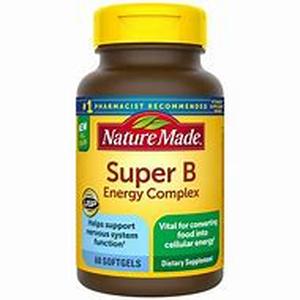
When You Own A Teardrop, You Are Towing A Little Piece Of History Into The Camper.Teardrop Campers Are Compact Trailers Providing Necessities Of A Sleep- In Cabin And Kitchen Without The Fuss And Hassle Of Either Towing A Caravan Or Putting Up A Tent. It Can Comfortably Sleep Two People And Is The Perfect Companion For The Long Weekend. The Kitchen Is Accessed From The Rear Of The Trailer And Depending On The Model Can Have A Single Shelf Or Pull-out For A Stove Or Have A Complete Kitchen Hidden Under The Bonnet. With Minimal Setup Required, The Kitchen Works Especially Well For A Quick Meal At A Roadside Rest Area, A Tailgate Party At A Sporting Event Or As A "chuck-wagon" When Camping.These Mini-caravans Were First Introduced In The 1930s And Became Popular Right After World War II. Teardrop Campers Got Its Name From Its Streamlined Design. Due To Its Small Size And Light Weight, It Allows Easy Towing On Automobiles Such As A VW Bug, PT Cruiser Or Trike.Do You Want To Have A Share Of History Of The Teardrop Campers? In March Or April Of 1939, An Issue Of Popular Homecraft Ran A Story Of What Was Then Considered The Little New Invention. It Was Built By Louis Rogers Of Pasadena, California For His Honeymoon Coach. The 8'x4' Floor Plan Was On Tongue-and-groove Flooring On A Pine Chassis. Rogers Used A Chevrolet Front Axle With 28" Wheels And 1926 Chevrolet Rear Fenders. Sides And Top Were Enclosed With 18" Hard Pressed Board Sealed With Varnish.His Creation Accommodated Two Individuals And Had The Raise-up Deck Lid For The Rear Kitchenette With Ice Box And Stove. There Was A Curtain-enclosed Dressing Room Outside The Starboard Entry Door That Provided Privacy When Changing Clothes.In February Of 1940, Popular Mechanics Wrote An Article About Plans Making Egg-shaped Teardrop Campers. It Was Built On A 1924 Chevrolet Superior Front Axle With Disk Wheels From A 1930 Chevrolet. The Floor Was Of Tongue-and-groove Oak Over A Spruce Chassis. The Exterior Was 18" Pressed Board Sealed With Varnish. This 9'x5'9-12" Floor Plan Featured A Pressurized Water Tank With Running Water To A Sink, A Stove And Ice Box In The Rear Kitchenette. The Cabin Provided Standing Room Beside The Double Bed For Dressing, A Small Clothes Closet, A Chemical Toilet And A Single Entry Door On The Starboard Side.By October 1945, C.W. Worman And Andy Anderson Formed Kit Manufacturing Co. In An Abandoned Fruit Stand On Telegraph Road In Norwalk, California. It Was For The Purpose Of Producing Teardrop Camper Trailers Of Their Own Label. It Was At This Time That A Third Party, Dan Pocapalia, Became Interested In The Project. Worman And Pocapalia Had Been Friends And Co-workers At Vultee Aircraft In Norwalk During The War. Dan Pocapalia Purchased Andy Anderson's Half-interest In Kit Manufacturing Co. For 800. The Two Of Them Then Had A Building, A Dream And 60 Fulton Trailer Hitches. Worman And Pocapalia Soon Learned That What The Public Wanted Was Not A Kit, But A Completed Trailer. They Made The Decision To Produce The Complete Form Of Teardrop Campers. Pocapalia Took Responsibility For Redesigning The Trailer To Make It Easier To Assemble With Less Waste Of Raw Materials. Worman Took On The Job Of Material Procurement.At Midyear 1946, Pocapalia And Worman Decided To Upgrade The Model By Adding A Second Door And Fiberglass Fenders As Well As A 10 Gallon Water Tank, Chrome Yoke And Other Cosmetics, Including A Butane Stove With A Manchester Butane Bottle. They Ended Up With Two Models, The "Standard" And A "Super Deluxe" With The Second Door Fenders And A Dealer Cost Of 595.At This Point, Teardrop Campers Remain To Be A Popular Type Of Vehicle For Camping Especially For The Couples Out On A Honeymoon.





